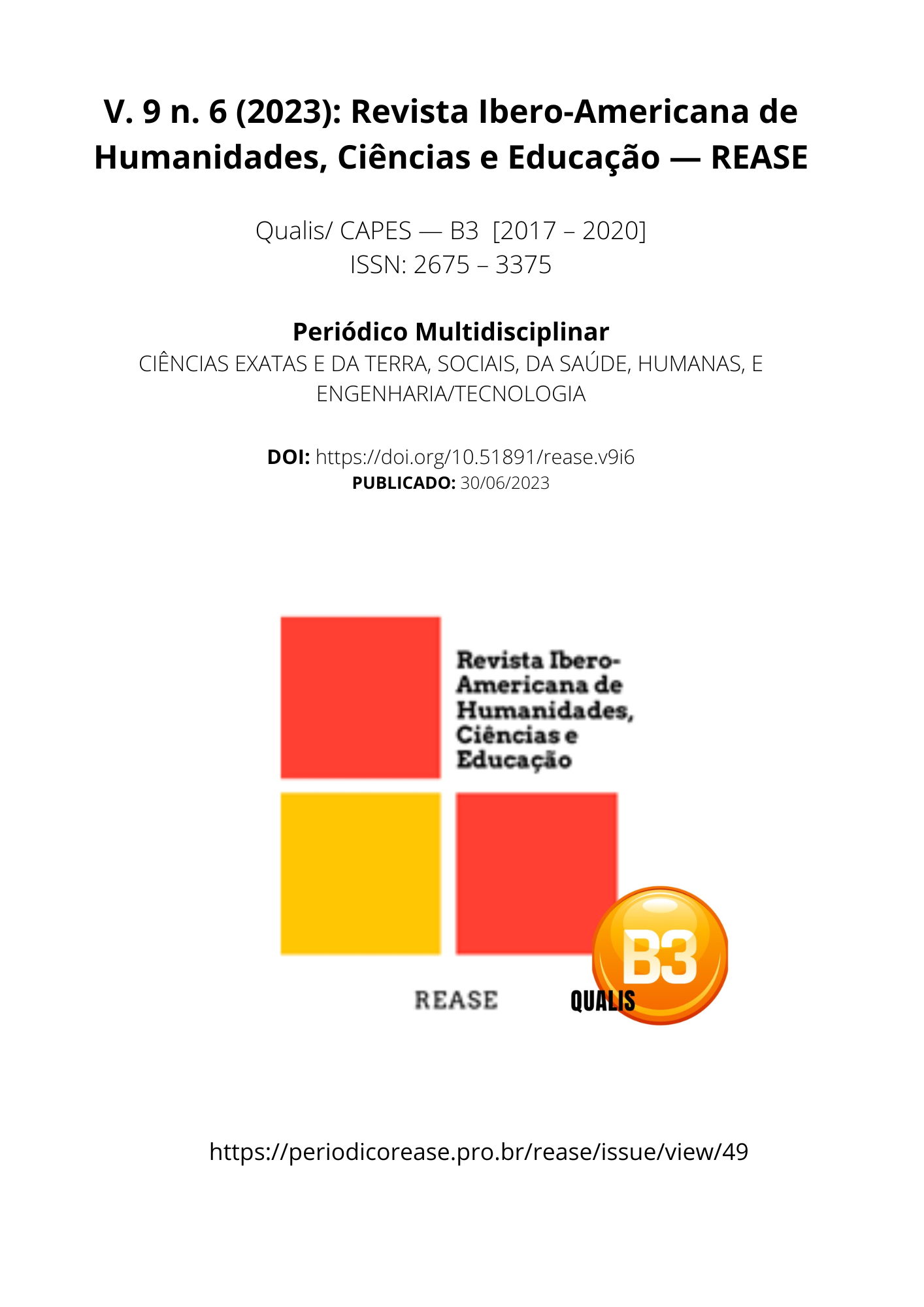THE USE OF THE PARTICIPATORY MAP, TO ELECT POSSIBILITIES OF IMPROVEMENT IN THE BRANCH GOOD DESTINATION KM 19, LOCATED IN THE CITY OF MANAUS, AM
DOI:
https://doi.org/10.51891/rease.v9i6.10455Keywords:
Participatory Map. Ramal Bom Destino. Environmental improvement.Abstract
The study entitled "The use of participatory mapping to elect possibilities for improvement in the Bom Destino km 19 branch, located in the city of Manaus, AM" analyses the use of participatory mapping to map and identify problems and possible solutions to be addressed in a given area. The study was conducted in the sub-area of Manaus, at km 19 of the Bom Destino branch, at the beginning of the second half of 2023. The objective of this research was to understand the possibilities for improvement that could be generated through the use of participatory mapping for the branch that is the object of this study. The research method used was a qualitative and quantitative approach. Data collection used techniques such as questionnaires and observation techniques. Quantitative analysis involved counting particular items, while qualitative analysis involved coding the data and identifying patterns. With the analysis of the data obtained through participatory mapping, it was possible to identify the inadequate conditions of the Bom Destino km 19 branch in Manaus and the solutions proposed by its inhabitants to solve and improve the various problems, in addition to generating improvement strategies for the services/equipment of the region, thus achieving the proposed objective. In short, this study concluded that the use of participatory mapping is a useful tool for mapping and identifying solutions to the problems present in the Manaus region.
Downloads
Downloads
Published
How to Cite
Issue
Section
Categories
License
Atribuição CC BY

